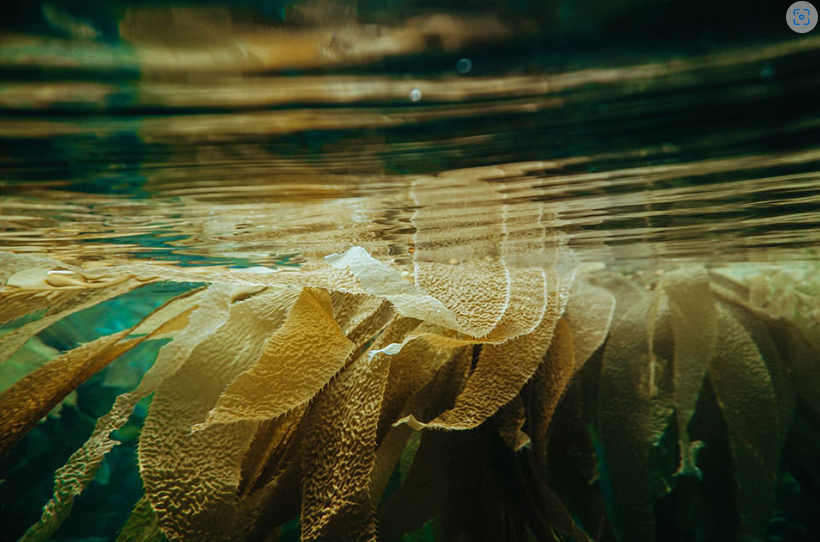
- This event has passed.
Cutting the Blue Ribbon

Join us for the press conference on July 7th at 10:30am where Congressmember Nanette Barragan will present a check celebrating federal funding for AltaSea. AltaSeads Conservancy & California Department of Fish & Wildlife Laboratories will cut the blue ribbon as new AltaSea tenants.


Special Guest Speaker:
Senator Steven Bradford
Assemblymember Mike Gipson
AltaSeads Conservancy aims to develop into a leading non-profit organization in kelp restoration, breeding, farming, education and outreach. We welcome researchers, farmers, restorationists, and public come for Knowledge, Information, Resources and other Ocean-Health Needs.
AltaSeads Conservancy develops and maintains gametophyte seed banks of kelps for west coast species with strong potential for restoration and farming. These seed banks encompass most functionally relevant genetic variants (typically 500 stocks or more per species) in the following species: Giant kelp (Macrocystis pyrifera), Bull kelp (Nereocystis luetkeana), Golden Kombu (Laminaria farlowii), Ribbon kelp (Alaria marginata). We will also develop collections of kelp Microbial Symbionts.

The CDFW field office at AltaSea is part of the Department’s Marine Region, one of seven regions that divide California into discrete management areas. Having our field office and fisheries lab located on the AltaSea campus allows the Department to more effectively interact with blue economy pioneers and the next generation of diverse student scientists and innovators.
California’s coast and ocean are among our most treasured resources. The productivity, wildness, and beauty found here is central to California’s identity, heritage, and economy. The need to safeguard the long-term health of California’s marine life was recognized by the California Legislature in 1999 with the passage of the Marine Life Protection Act. This Act aims to protect California’s marine natural heritage through establishing a statewide network of marine protected areas (MPAs) designed, created, and managed using sound science and stakeholder input.
MPAs protect the diversity and abundance of marine life, the habitats they depend on, and the integrity of marine ecosystems. The Marine Life Protection Act recognizes that a combination of MPAs with varied amounts of allowed activities and protections (marine reserves, marine conservation areas, and marine parks) can help conserve biological diversity, provide a sanctuary for marine life, and enhance recreational and educational opportunities. MPAs can also provide scientific reference points to assist with resource management decisions, and protect a variety of marine habitats, communities, and ecosystems for their economic and intrinsic value, for generations to come.
